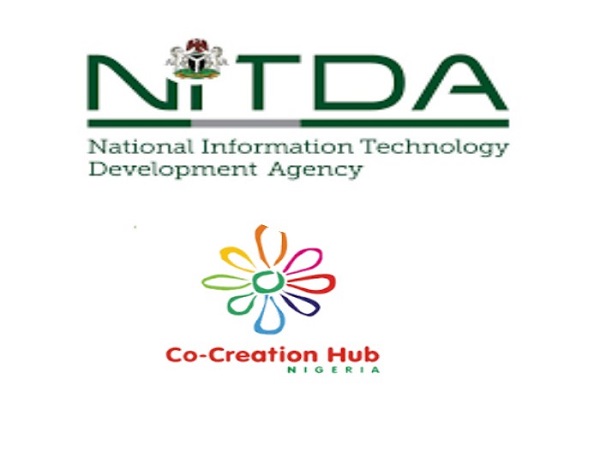
The National Information Technology Development Agency (NITDA) in collaboration with Co-Creation Hub (CcHUB) has announced the launch of a National Technology Talent Gap Analysis Research, 2022.
The analysis, an update on the data and insights from the 2016 version, incorporates a more rigorous study approach and captures the change in the technology talent need and supply since the prior study.
“This research will give us great insights into the knowledge gaps that have been identified and will help us make better decisions on technology talent gap acceleration in Nigeria,” said the director-general, NITDA, Mallam Kashifu Abdullahi.
Similarly, the chief executive officer, Co-creation Hub, Mr. Bosun Tijani said: “We are excited to be working with NITDA again on this research as we further curate useful insights on the technology talent demand and supply in Nigeria.”
A statement co-signed by the head, corporate affairs and external relations, NITDA, Mrs. Hadiza Umar and the senior communications manager, CcHUB, Muhammad Eyinfunjow posited that Nigeria’s tech ecosystem has expanded over the past decade and, as a result, the shortage of expertise has become more pronounced. With a population of over 200 million and a staggering unemployment rate of 33.3 per cent, one out of every three Nigerians of working age is unemployed.
“In implementing this national multi-stakeholder research project, a thorough investigation was conducted into the gaps and potential that can be brought to the forefront in Nigeria. The shortage or absence of literature on particular technological skills’ deficiencies in the Nigerian information technology sector is one of these gaps and possibilities. Therefore, this is an excellent opportunity for this study to define the key and specialised technology talent in Nigeria and their supply and demand projections. In addition, most Nigerian institutions of higher education have an incomplete grasp of the impact of technology education programmes. This is an opportunity for the study to gather feedback on the impact from study participants, particularly students.
“The 2022 study will apply a descriptive research approach and triangulation of data. As a fundamentally multi-stakeholder study, the research design would approach the talent gap issue in the Nigerian information technology sector from a comprehensive viewpoint, incorporating all essential stakeholders and participants across all variable spectrums.
“The quantitative method intends to collect data from practising technology developers and university undergraduates in technology, computer science and other relevant subjects. While the qualitative will collect data from universities (computer science/technology departments), technology talent headhunters, polytechnics, organisations heavily dependent on technology talents, development partners, foreign tech-talent recruiters, government parastatals and alternative technology education platforms. In addition, the research will analyse previous publications on technological talent and technology skills in Nigeria to get a broad understanding of the topic under investigation and supplement the aforementioned methodologies.
“Finally, the research will also collect public opinion on the topic of the supply and demand for IT talent in Nigeria employing pre-planned tweets relating to poaching,” it said.
Utilizing Cochran’s method, the sample size was obtained using a multistage sampling technique. As a result, information will be gathered from 1,330 samples collected throughout all sectors. The initial phase divides the 36 states of Nigeria into six groupings (geopolitical zones), and the second stage, purposive sampling, will select two states from each cluster. The objective nature of stage two is determined by prior knowledge of the states that are technologically and innovatively vibrant, based on criteria such as the presence of technology skills acceleration programmes, universities of technology, polytechnics, and a positive outlook for their technology ecosystem.
In each geopolitical zone, three universities, one public, one private, and one polytechnic, will be chosen from the list of states. The requirements for universities and polytechnics (stage three) are based on the amount of computer science-related courses provided and the number of students enrolled in IT departments. Lastly, a proportional sampling method will be utilized to randomly choose study participants in each department based on the number of enrolled students.


